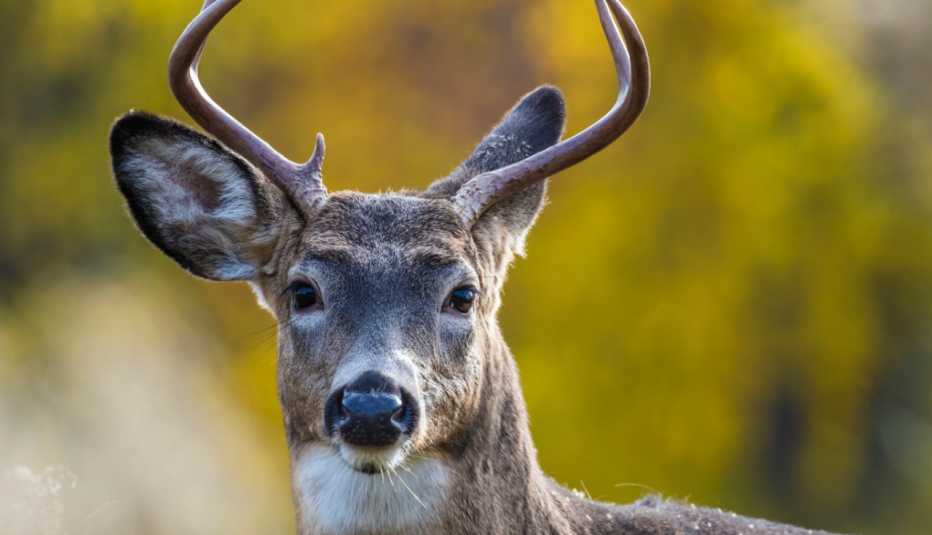AARP Hearing Center


It’s that time of year when the odds of a motorist striking a deer are highest. November remains the most dangerous month, when twice as many collisions as usual plague the nation’s roadways, according to the Highway Loss Data Institute (HLDI).
State Farm pegs the odds of a driver hitting an animal this year at 1 in 128 insured vehicles. The chances vary dramatically depending on where you drive — ranging from 1 in 40 in West Virginia to 1 in 834 in Nevada..
Motorists filed more than 1.8 million claims for damage caused by animal strikes from July 1, 2023, to June 30, 2024, according to State Farm. Beyond the massive roadkill and damage to vehicles, about 185 people are killed each year from vehicle collisions with animals, according to a decade of data collected by the Insurance Institute for Highway Safety.
Motorists can lower their odds of hitting a deer
Fall is the most dangerous time because it’s breeding (or rut) season when deer are more active, according to the Ohio Department of Natural Resources. During this time, stags (male deer) will often chase does (females), and that often leads deer to dart into roadways. Drivers should be extra cautious, particularly on roads near wooded areas. Remember: Just one risky driving behavior, such as speeding or using your phone, increases the chance of an animal collision by 23 percent, according to State Farm.
Here are four other safety suggestions:
- Stay focused. This is especially important at dusk and dawn when deer are most active. Most accidents occur in the two hours before sunrise and after sunset each day, according to the New York State Department of Transportation.
- Slow down. Keeping your speed down will give you more time to respond to unexpected wildlife movements, according to Rhode Island’s Department of Environmental Management.
- Use high beams. If there is no oncoming traffic, use your high beam lights to help you spot deer or other wildlife more quickly to give you time “to slow down, move over or honk the horn to scare the animal away. High beams also help in spotting animals’ reflective eyes,” according to AAA Ohio Auto Club.
- Do not rely on deer alerts. Devices, such as deer whistles, extra lights or reflectors, aren’t necessarily effective deterrents. Research has shown that your best defense is your own responsible behavior, according to the New York State Department of Transportation.
Deer collisions are a long-standing problem
In 1979, Wisconsin’s Department of Natural Resources estimated 18,200 deer were killed each year by motorists — most commonly during the fall breeding season. The state remains an odds-heavy favorite for deer strikes. The Milwaukee Journal Sentinel reported in 2019 that Wisconsin had experienced 1,095 days straight of deer-vehicle collisions.





























































More From AARP
How the United Auto Workers Strike Could Affect You and Your Car
Higher prices, scarcity of parts are looming if the work stoppage drags onHow to Choose an Auto Mechanic You Can Trust
Ask the right questions and avoid red flags to make sure your vehicle is in good hands
9 Things You Didn't Know a Vehicle Could Do
9 Things You Didn't Know a Vehicle Could Do